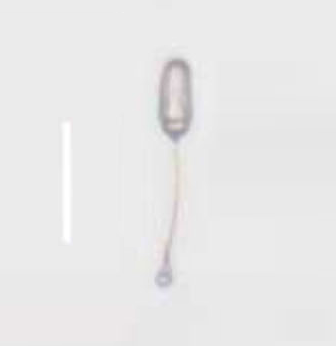|
Protosteloid Amoebae
The protosteloid amoebae, or protosteloids (formerly known as protostelids), are a group of terrestrial amoebae capable of developing a tiny fruiting body or sporocarp consisting of a stalk supporting one or more spores. They do not form a natural group; instead, they have gained the sporocarp-forming ability independently from each other during evolution. Description Protosteloid amoebae are capable of making simple fruiting bodies consisting of a cellular stalk topped by one or a few spores. These are known as sporocarps. All species are microscopic and are typically found on dead plant matter where they consume bacteria, yeasts, and fungal spores. Since protostelids are amoebae that make spores, they are considered to be slime molds. Protosteloid amoebae are terrestrial, typically found on dead plant matter, including stems and leaves of herbaceous plants, stems and leaves of grasses, bark of living trees, decaying wood and other types of dead plant matter. Some specie ... [...More Info...] [...Related Items...] OR: [Wikipedia] [Google] [Baidu] |
Protostelium Mycophaga
''Protostelium'' is a genus of protosteloid amoebozoans, i.e., amoebae capable of forming simple fruiting bodies composed of a stalk and a ball of spores. It contains numerous species, including '' P. aurantium'', which was initially classified in a different genus ''Planoprotostelium''. Phylogenetic analyses revealed that ''Planoprotostelium'' branches from within the genus ''Protostelium'', making them synonyms. The genus is placed in the family Protosteliidae within the monotypic order Protosteliida, which is part of a larger group of amoebozoans known as Variosea. Classification Many species from the genus ''Protostelium'' have been transferred over time to other protosteloid genera. The following species remain: * '' Protostelium apiculatum'' * ''Protostelium aurantium ''Protostelium'' is a genus of protosteloid amoebozoans, i.e., amoebae capable of forming simple fruiting bodies composed of a stalk and a ball of spores. It contains numerous species, including '' P. au ... [...More Info...] [...Related Items...] OR: [Wikipedia] [Google] [Baidu] |
